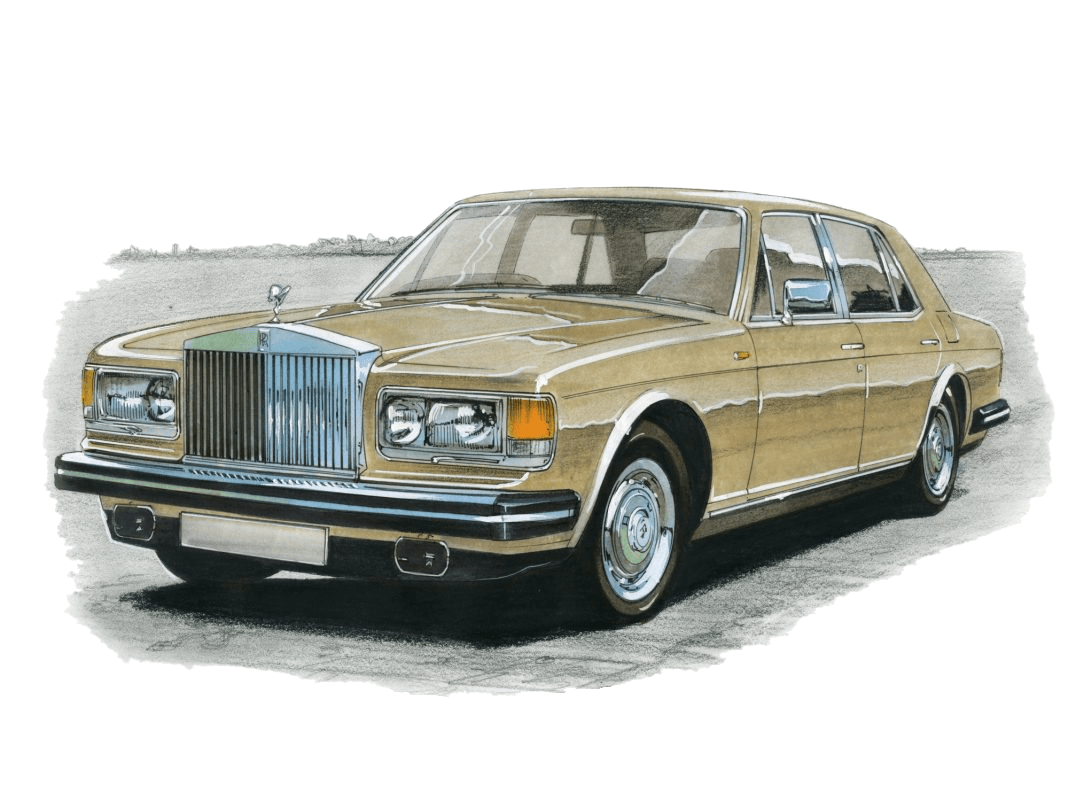
The Rolls-Royce Silver Spirit, manufactured between 1980 and 1998, was lauded for its elegance, opulence, and technological advancements that set it apart from other models introduced by the British automaker over the years. However, among the many inquiries these awe-inspiring vehicles elicit, one question frequently surfaces: was the Silver Spirit produced in both left-hand drive (LHD) and right-hand drive (RHD) configurations? The answer to this inquiry is indeed a resounding yes. This article delves into the specifics of these variants, shedding light on the driving dynamics and market preferences related to both LHD and RHD models of the iconic Silver Spirit.
For the uninitiated, the decision to manufacture cars in both LHD and RHD variants is not merely a stylistic choice; it is grounded in practicality, with the primary motivation being the traffic regulations of various countries. Simply put, countries with right-hand traffic (RHT) have LHD vehicles, while those with left-hand traffic (LHT) possess RHD cars. By producing the Silver Spirit in both configurations, Rolls-Royce catered to a worldwide market, ensuring the luxury vehicle possessed universal appeal.
When Rolls-Royce launched the Silver Spirit, it was aware of the worldwide demand for its vehicles. With a reputation for delivering high-performing, luxury vehicles that defined elegance, the automaker knew their vehicles would find favour in numerous international locales. Consequently, providing both LHD and RHD versions was integral to maintain its global customer base.
The LHD configuration of the Silver Spirit was primarily manufactured for regions like North America, mainland Europe, and most parts of Africa and South America, where right-hand traffic regulations were in place. On the other hand, the RHD versions were built for diverse regions such as the United Kingdom, Australia, Japan, and parts of Southern Africa and South Asia, where left-hand traffic rules were prevalent.
The Silver Spirit did not limit its adaptability to the steering wheel configuration alone; it also incorporated significant modifications to accommodate regional driving preferences and engage different driving conventions. Regardless of the version, though, the vehicle retained its signature Rolls-Royce authoritative stance, offering remarkable on-road presence, and magnificent ride quality, regardless of the side on which the steering wheel was positioned.
An important note to remember is that steering wheel position does not influence engine design or performance. Whether a Silver Spirit was LHD or RHD, it was powered by the same formidable V8 engine that offered extraordinary power and smooth performance, fortifying the Silver Spirit’s position as a classic Rolls-Royce motor vehicle.
In conclusion, the Rolls-Royce Silver Spirit’s global appeal certainly comprised its availability in both left-hand drive and right-hand drive configurations. The British automaker’s decision to offer both options catered to diverse market preferences, authenticating its position as a truly global luxury brand. Regardless of the specific configuration a driver may prefer, the Silver Spirit remains a symbol of timeless elegance, comfort, and superb performance – a luxury vehicle that transcends regional driving norms.